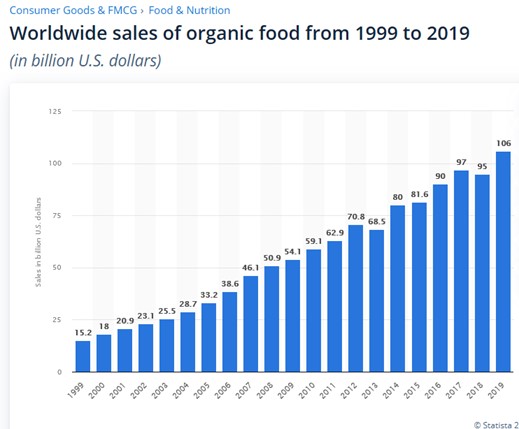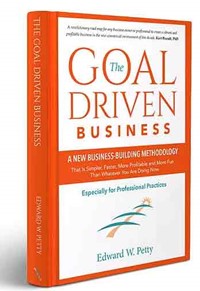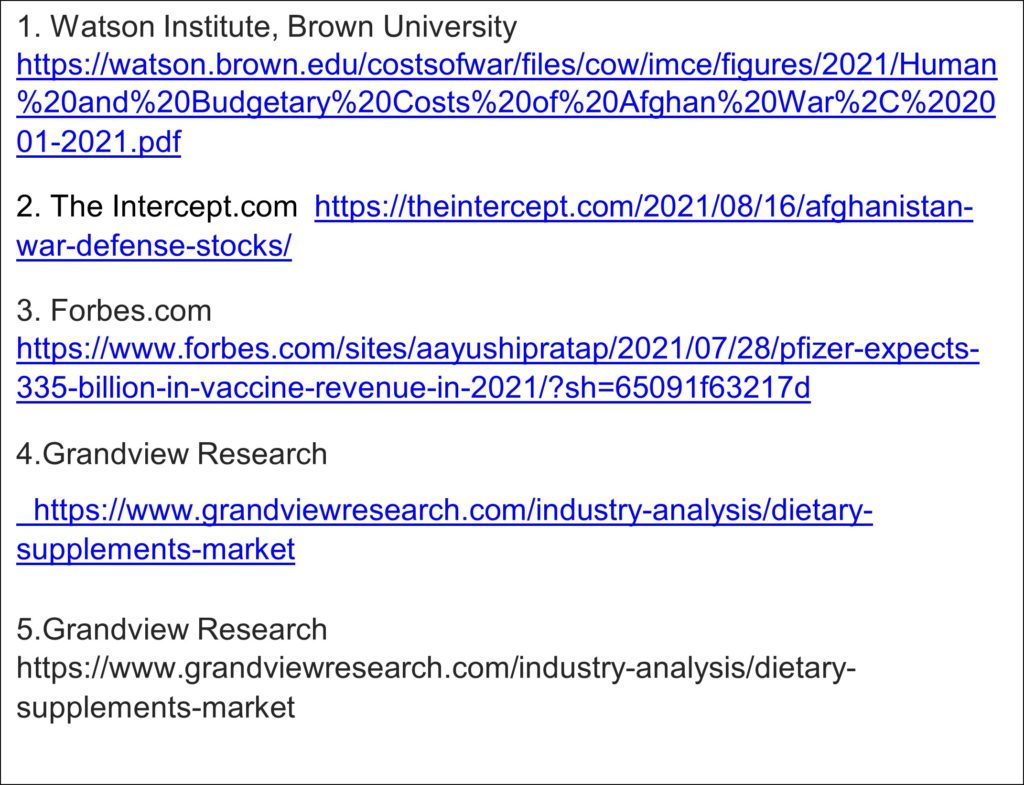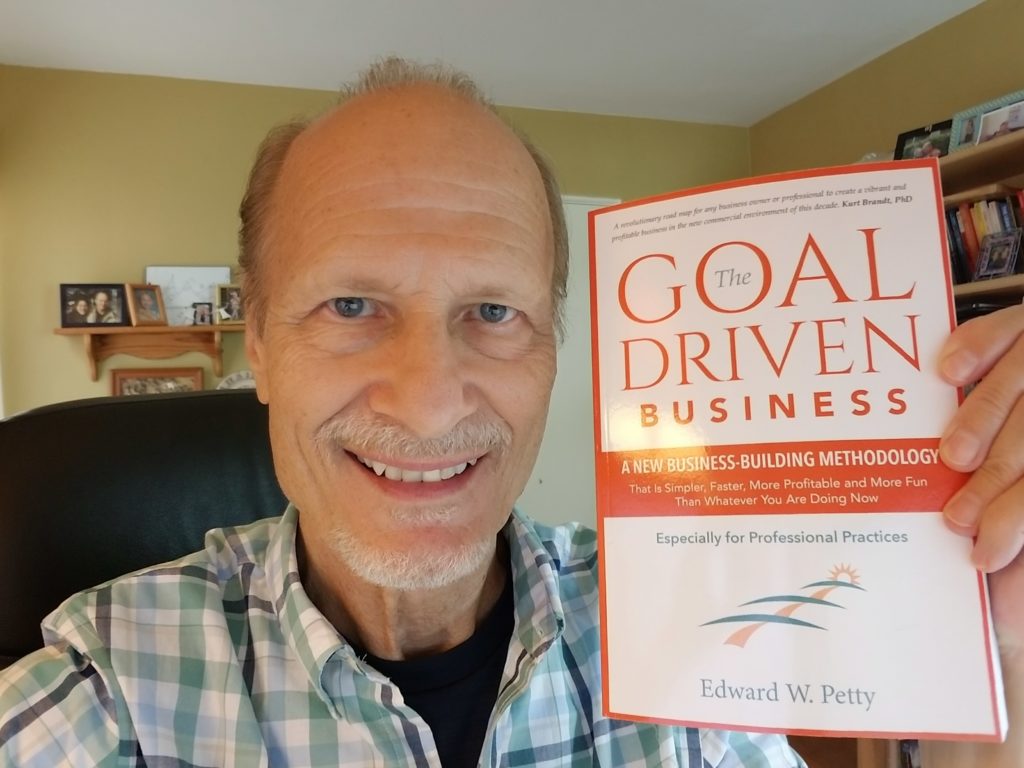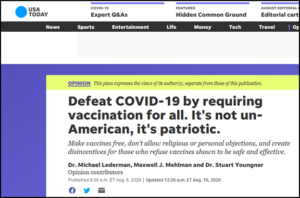
It all comes back to goals – helping patients achieve theirs.
Onboarding and Gamification. Now there are a couple of terms you didn’t hear way back in the last century of practice management.
While these terms are new, what they define have been used for years. I do think they more clearly express very useful procedures that can help fill up a practice and help more patients achieve their goals of better health.
Let’s take a look at each:
Onboarding
Onboarding refers to the process of bringing a new employee, or in this case, a new patient, “on board,” as on a boat. According to Merriam Webster, “companies want to onboard their clients and customers too—to get them fully fluent in their products and services, so that they can get the most out of them.”
Onboarding a new patient would include all the basic procedures you do over the first few days of care, including consultation, history, exam, imaging, financial arrangements, and explanation of the application of first services.
There are probably 8-10 essential actions you can take with every new patient, or returning patient, that will make their experience so exceptional that they eagerly continue with their care. However, like most offices, when you are busy, you may take a few shortcuts and only do the bare minimum of procedures to get by, vowing to complete them later.
But later rarely comes. Staff turnover, new regulations, and other disruptions all discard the best laid patient service procedures. Finally, only the very minimal is done.
I call this “Procedural Atrophy.” It happens. It is a “thing.” It happens to all of us. This is why checklists are so valuable. They remind us of all the steps that should be taken to produce the best outcome possible.
For many years, we have integrated a checklist for new patients on our New Patient Log.
When a new patient comes in for their first appointment, their name is manually written on a sheet. At each step along the way, the sheet is checked off as completed. This helps ensure that no step is missed in the onboarding process.
In some offices, we have even added columns for future visits, such as Progress Exam, Progress Report, Completed Care Program. We have then assigned a team member, usually someone in the therapy department, the role of Case Completion Coordinator. Their goal is to coordinate services to help ensure that each patient gets the care they want and need and completes their program. We also assign the Case Completion Coordinator statistics to help them monitor their effectiveness.
Retention is helping your patients achieve their goals of better health. The same would apply to any type of service business.
It is all about goals, yours and especially theirs.
I’d like to keep these newsletters as brief as possible, so next week we will cover how Gamification is yet another tool to help your patients achieve their health goals.
In the meantime, seek your future and stay true to your goals.
Ed
P.S. Reply to this email With Please send me the New Patient Log and Checklist if you would like a customizable Word copy of a sample New Patient Log and Checklist
PSS ALSO, get the Goal Driven Business plus 10 practice building tools –HERE!

 “Call your mom!”
“Call your mom!”
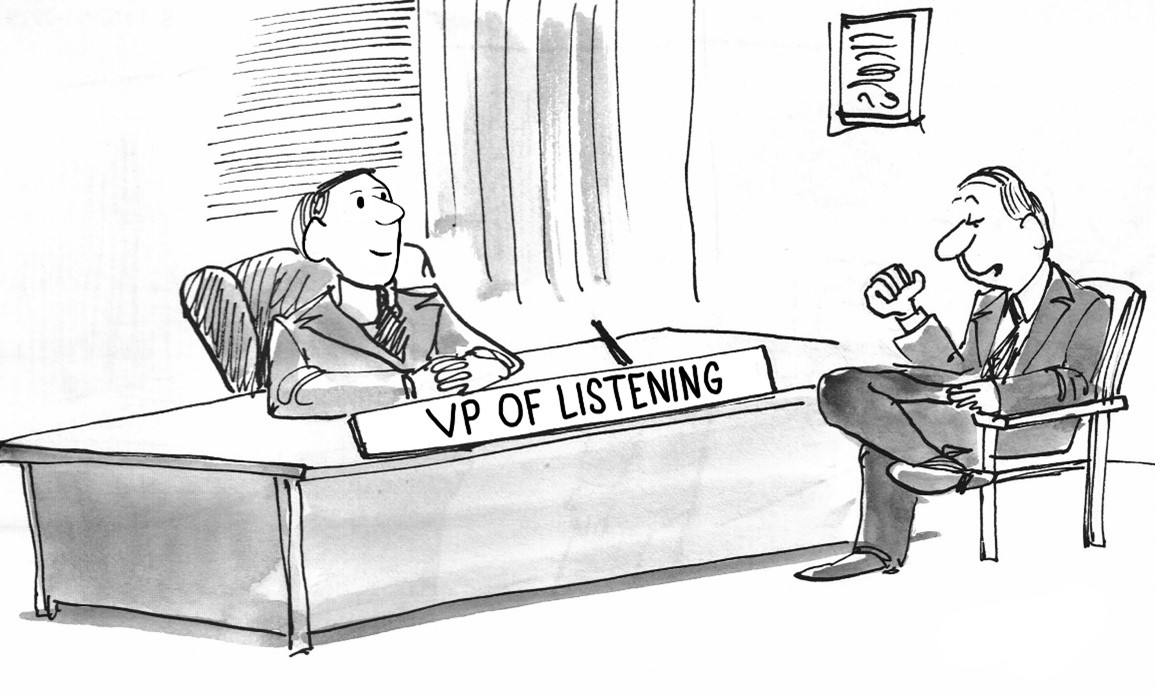
 The cause of almost all relationship difficulties is rooted in conflicting or ambiguous expectations around roles and goals. Stephen Covey
The cause of almost all relationship difficulties is rooted in conflicting or ambiguous expectations around roles and goals. Stephen Covey






